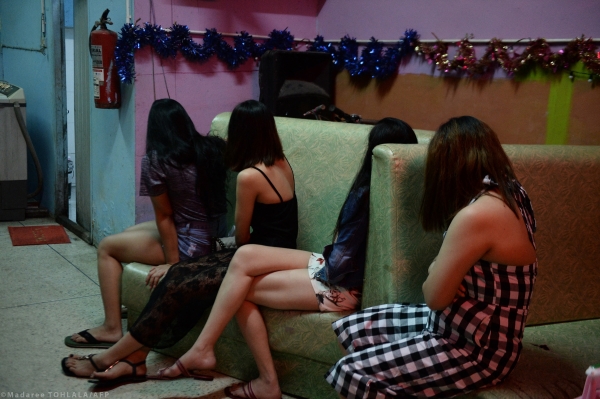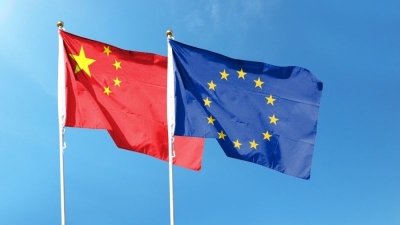The mental and moral costs of human trafficking

As many as 27.6 million people worldwide are thought to be victims of human trafficking, having been coerced under the control of traffickers by war, poverty, crime, displacement, coercion or deception.
The risk of human trafficking is inextricably linked to physical and mental vulnerability. Women and children are targeted for sex trafficking and forced adoption, as well as forced labour and abuse at the hands of traffickers who are able to threaten them with exposure and deportation. Mental and psychological abuse is common as a means of controlling victims of modern slavery.
In the wake of the outbreak of war following Vladimir Putin’s invasion of Ukraine in late February last year, the United Nations Refugee Agency (UNHCR) estimates that as many as 5.5 million Ukrainians have been displaced abroad, with a further 7.7 million displaced internally. Their physical needs, including homelessness and poverty, together with psychological trauma including anxiety, grief and PTSD, leave them especially vulnerable to the scourge of human trafficking.
The EU Temporary Protection Directive granted unconditional rights to Ukrainians fleeing war in the east. This, though, removed much of the incentive to seek ‘help’ from people smugglers. Yet as the International Organization for Migration (IOM) has warned, vulnerabilities still remain for those psychologically and economically vulnerable, unaccompanied minors as well as men unwilling to be conscripted to fight.
Indeed, U.S Secretary of State Antony Blinken recently wrote that the state department seeks “to develop effective anti-trafficking policies and programs that are victim-centred and survivor-centred, trauma-informed, and culturally competent.” Policies and measures such as the Temporary Protection Directive provide options and alternatives to vulnerable people.
But it’s also necessary to also introduce measures to protect the mental health and build the resilience of victims of war so that they are not manipulated into human trafficking in spite of safe routes available.
AdvertisementCurrent EU policy focuses and operational guidelines including coordination between Member States on issues such as a joint registration mechanism, and identifies key objectives such as the prioritisation of children. It also includes removing incentives to evade the authorities, such as amnesty policies, which may be controversial and open to exploitation by people smugglers from regions other than Ukraine.
But the support largely stops there. This despite research from American Journal of Public Health showing that in 2016 symptoms of depression, anxiety and PTSD were reported by 78% of female and 40% of male victims of trafficking.
Despite much ado during the World Mental Health Day in October 2022, which focused on migrant mental health in co-operation with Mental Health Europe (MHE), direct mental health support for those most vulnerable has been sparse. Moreover, those few services which were touted as success stories focused on support given to those who had already been resettled in Europe. In other words, those lost in the clandestine and criminal world of human trafficking will not be aided by policies like these.
Resources must therefore be allocated at source. This will include, of course, refugee camps and urban centres in Ukraine and Eastern Poland but also at other frontiers around the world, including parts of Mexico, the Balkans, Turkey and North Africa. Firstly, mental health support must be delivered in a scalable way that can cope with large numbers of people and the logistical challenges of stressful migrant centres often located in active warzones.
This would suggest that coping “toolbox” approaches would be more feasible and affordable. Such toolboxes can be assembled by an individual victim and might include items such as journals, which have been shown to reduce stress and improve management of emotions by encouraging victims to express their thoughts on paper.
They may also include items such as stress balls or chewing sugar-free gum, which have been shown to be cathartic and also aid in the practice of mindfulness by helping people focus on simple actions (in this case chewing or squeezing).
Resources must also include information about the dangers of trafficking and modern slavery, as well as legal and safe options available. The combination of taking time to focus on one’s mental health and the provision of reliable information allows for Cognitive Behavioural Therapy (CBT) techniques to be used. These are techniques which help people with anxiety focus on, and understand, the reasons for their emotions. By “naming and taming” anxieties they can be controlled and managed.
Though simple, these methods have the capacity to build resilience and save thousands from the clutches of evil human traffickers.
Share this article:



